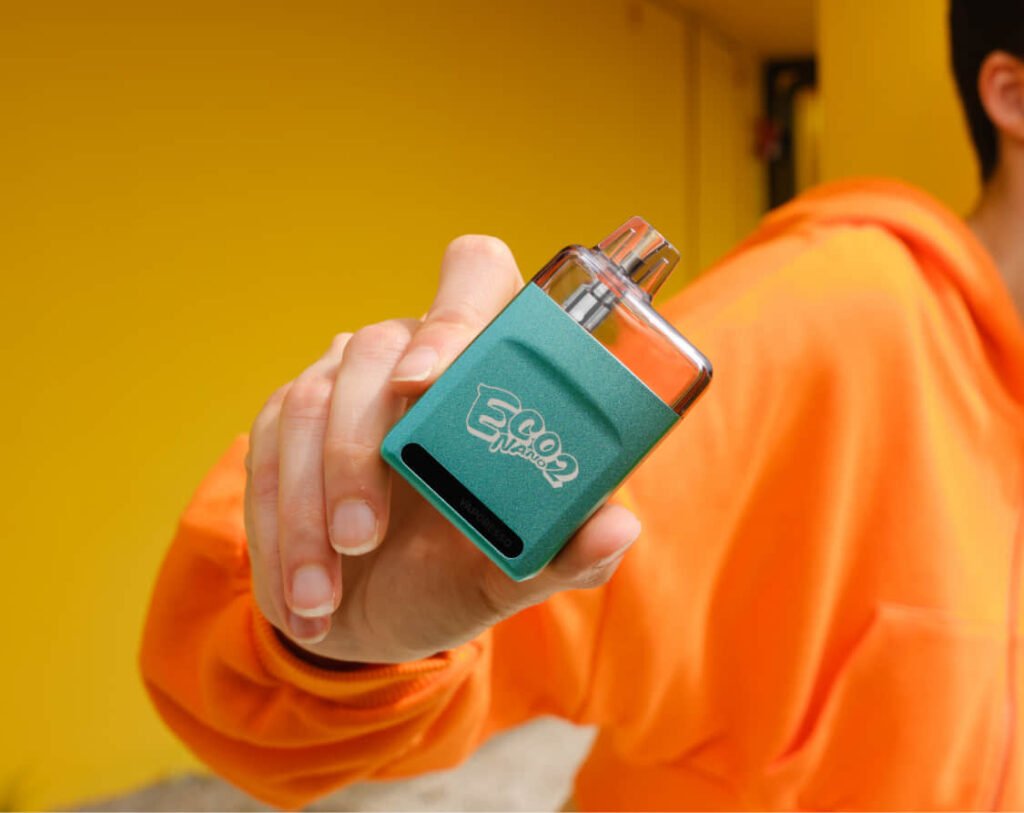Uncategorized
The Environmental Impact of Vaping: What to Consider
The rapid growth of the vaping industry has brought with it significant vaping environmental concerns, from disposable device waste to energy-intensive manufacturing processes. As consumers become more environmentally conscious, demand for eco-friendly vape products has surged, pushing manufacturers to adopt sustainability in vaping practices. This in-depth examination explores the full ecological footprint of vaping, analyzes current vaping and waste management challenges, and highlights innovative solutions—including recycling vape cartridges and biodegradable alternatives—that are reshaping the industry’s environmental impact.
Understanding the Environmental Footprint of Vaping
To fully grasp vaping environmental concerns, we must examine the entire product lifecycle:
Manufacturing Impact
The production of vaping devices and e-liquids consumes substantial resources:
- Lithium-ion batteries require mining for cobalt, nickel, and lithium
- Plastic components derive from petroleum-based materials
- E-liquid packaging (bottles, boxes) generates additional waste
A 2024 study by the Environmental Vaping Assessment Group found that producing one disposable vape emits approximately 1.3kg of CO2—equivalent to charging a smartphone 150 times.
Energy Consumption
While vaping uses less energy than tobacco farming and cigarette production, notable impacts include:
- Electricity for device charging (though minimal per use)
- Power demands of extraction facilities for nicotine and flavors
- Transportation emissions from global supply chains
Post-Consumer Waste
The most visible vaping environmental concerns stem from disposal:
- Over 150 million disposable vapes are discarded monthly worldwide
- Less than 30% of vapers properly recycle devices
- Cartridges and pods often contain residual nicotine and heavy metals
This waste accumulates in landfills, where batteries may leak toxins, and plastics persist for centuries.
Eco-Friendly Vape Products Leading the Change
Innovative companies are addressing sustainability in vaping through groundbreaking designs:
Biodegradable Disposable Vapes
Pioneers like Airo and EcoVape now offer disposables with:
- Hemp-based plastic casings (decomposes in 90 days)
- Plant-based polymer mouthpieces
- Organic cotton wicks
These eco-friendly vape products decompose 200x faster than traditional models while maintaining performance.
Refillable/Rechargeable Systems
The most effective vaping and waste management solution remains switching to reusable devices:
- Pod systems like Vaporesso’s Eco Nano use 70% less plastic than disposables
- Modular designs allow individual component replacement (coils, batteries)
- Glass and metal construction enhances longevity
Sustainable E-Liquid Practices
Forward-thinking brands are implementing:
- Organic, pesticide-free nicotine farming
- Solar-powered extraction facilities
- Recyclable glass bottles with minimal packaging
Recycling Vape Cartridges: Current Solutions
Proper recycling vape cartridges presents technical challenges but growing options exist:
Manufacturer Take-Back Programs
Leading brands now provide prepaid return labels for used components:
- Juul’s pod recycling initiative recovers plastic and nicotine
- Vuse recycles batteries through Call2Recycle partnership
- PAX offers discounts for returned Era pods
Specialized E-Waste Facilities
Dedicated vaping recyclers like TerraCycle can process:
- Lithium batteries (separated from devices)
- Circuit boards and wiring
- Mixed-material cartridges
DIY Recycling Guidance
Consumers can minimize harm by:
- Removing batteries for separate disposal
- Rinsing e-liquid residues before recycling plastics
- Checking municipal guidelines for electronics recycling
Carbon-Neutral Vaping: The Next Frontier
Pioneering companies are tackling vaping environmental concerns through:
Renewable Energy Use
- Solar-powered vape factories (like Elf Bar’s new UK facility)
- Wind energy for e-liquid production
Carbon Offsetting Programs
Some brands now include:
- Reforestation initiatives with each purchase
- Clean water projects balancing production impacts
Low-Impact Logistics
- Localized manufacturing reducing transport needs
- Seaweed-based packaging that dissolves harmlessly
Disposable Vape Pollution: Regulatory Responses
Growing awareness of vaping and waste management issues has spurred government action:
EU Regulations
- Mandatory battery removal systems by 2026
- 75% recycled materials requirement for disposables
US State Policies
- California’s vape stewardship program (fees fund recycling)
- New York’s extended producer responsibility laws
Industry Self-Regulation
The Independent Vape Trade Association’s sustainability pledge includes:
- Phasing out non-recyclable plastics by 2027
- Standardized labeling for proper disposal
Consumer Choices for Sustainable Vaping
Individuals can dramatically reduce their footprint through:
Device Selection
Prioritize these eco-friendly vape products:
- Bouldr BAK (biodegradable disposable)
- EcoVape Saber (solar-rechargeable)
- Vaporesso XROS Pro (10+ pod refills per device)
Usage Habits
- Extend pod life by avoiding chain vaping
- Charge devices using renewable energy when possible
- Purchase larger e-liquid bottles to reduce packaging
Disposal Practices
- Locate vape recycling points via Earth911’s database
- Participate in brand take-back initiatives
- Never discard devices in regular trash
The Future of Green Vaping
Emerging innovations promise to further improve sustainability in vaping:
Mycelium Packaging
Mushroom-root based materials that decompose in weeks
Self-Destructing Batteries
Lithium cells designed to safely degrade after use
Closed-Loop E-Liquid Systems
Refill stations in vape shops eliminating single-use bottles
Hemp-Derived Hardware
Fully compostable devices made from industrial hemp
FAQ: Environmental Vaping Concerns
1. Are vapes worse for the environment than cigarettes?
Different impacts—cigarettes create more agricultural waste and toxic litter, while vapes contribute more to e-waste and plastic pollution.
2. Can vape batteries catch fire in landfills?
Yes—lithium batteries pose fire risks when crushed or exposed to moisture, emphasizing the need for proper recycling vape cartridges.
3. What’s the most sustainable vaping option?
Refillable pod systems with organic cotton coils and nicotine salts from sustainable farms.
4. How long do biodegradable vapes take to decompose?
Current models break down in 3-6 months under commercial composting conditions.
Conclusion: Toward Responsible Vaping
While vaping environmental concerns remain significant, the industry’s rapid adoption of eco-friendly vape products and sustainability in vaping practices demonstrates a path forward. Through technological innovation, regulatory cooperation, and informed consumer choices, the vaping community can minimize its ecological impact while providing satisfying alternatives to smoking.
The transition won’t happen overnight, but each step—whether manufacturers developing greener designs or vapers properly recycling vape cartridges—brings us closer to truly sustainable nicotine consumption.
For ongoing updates on vaping and waste management solutions and the latest eco-friendly vape products, subscribe to our environmental vaping newsletter—your guide to greener puffs.

